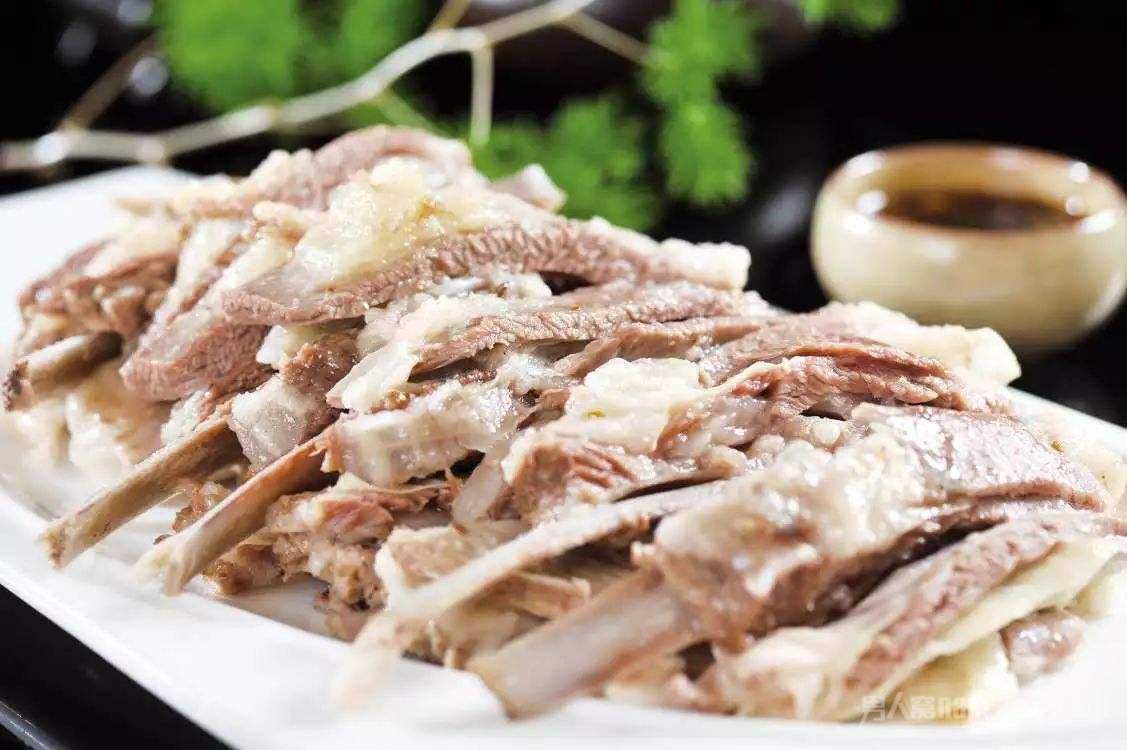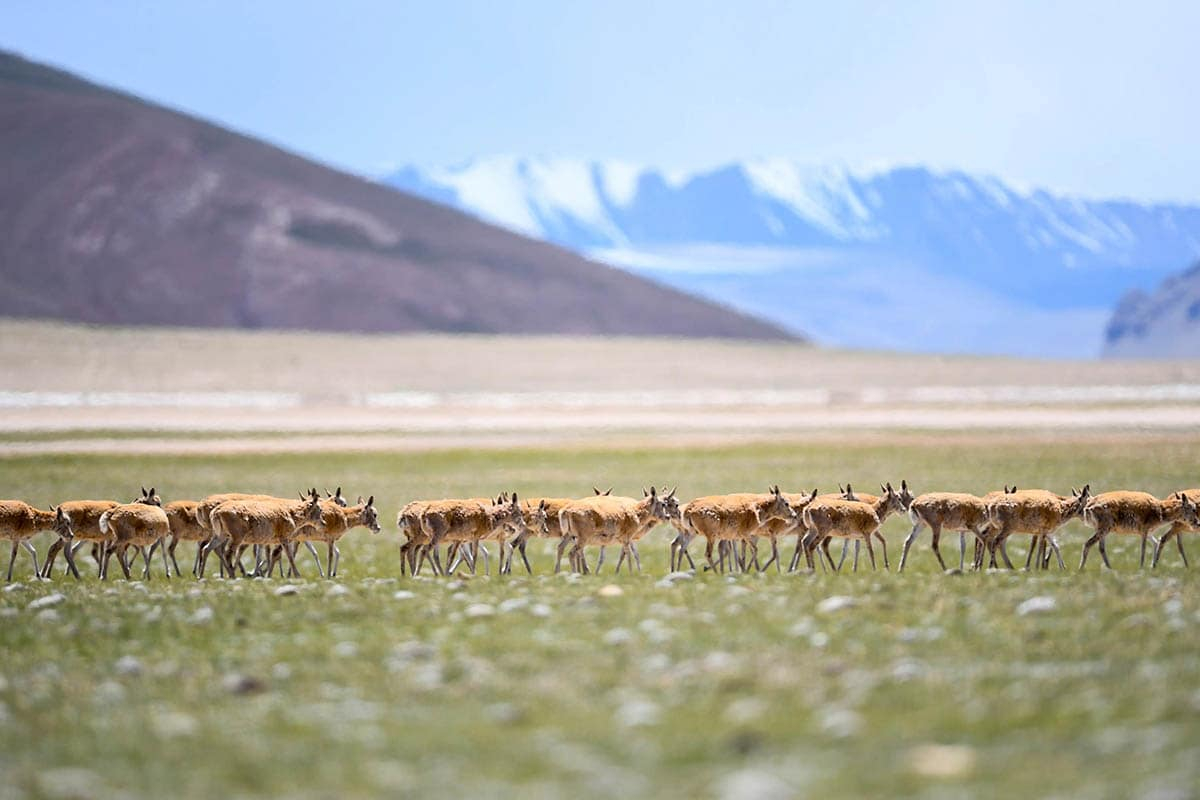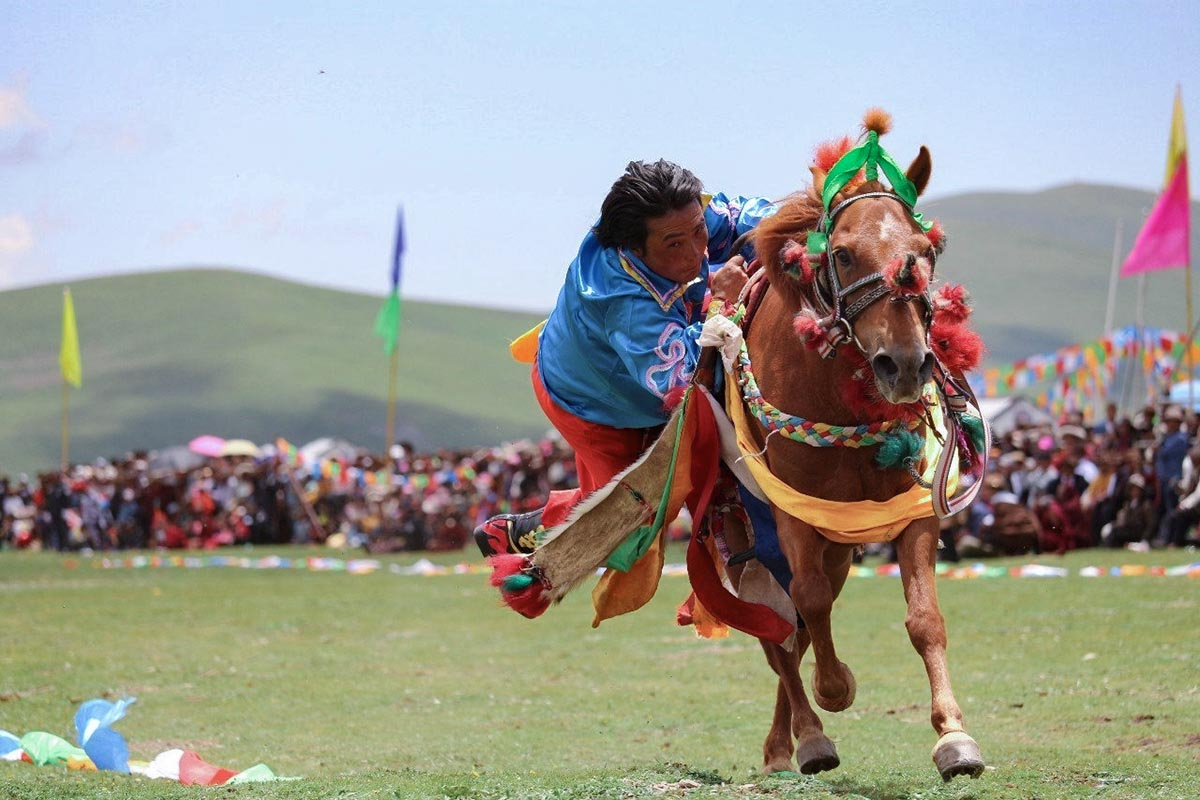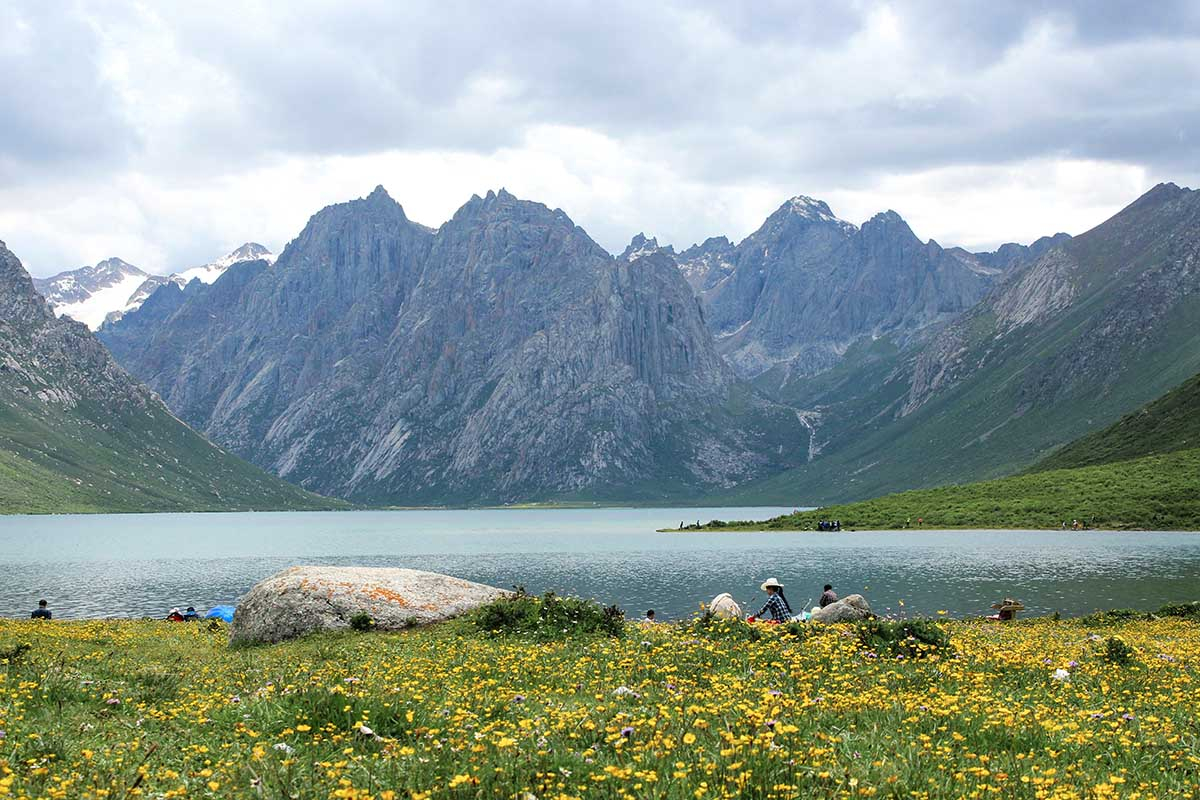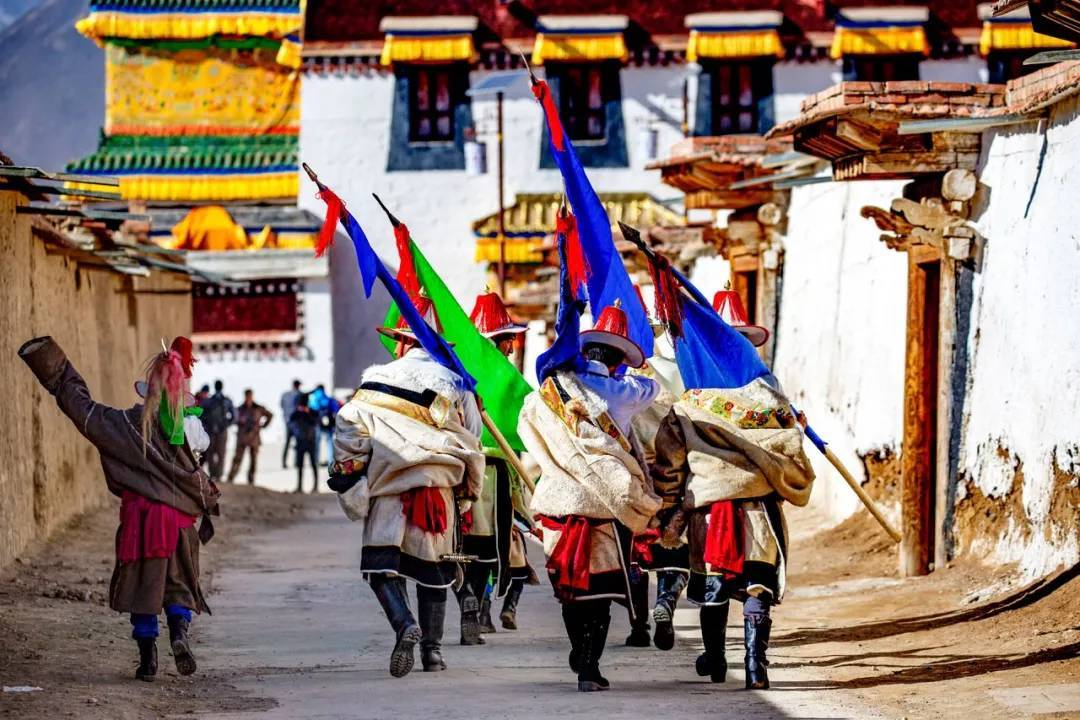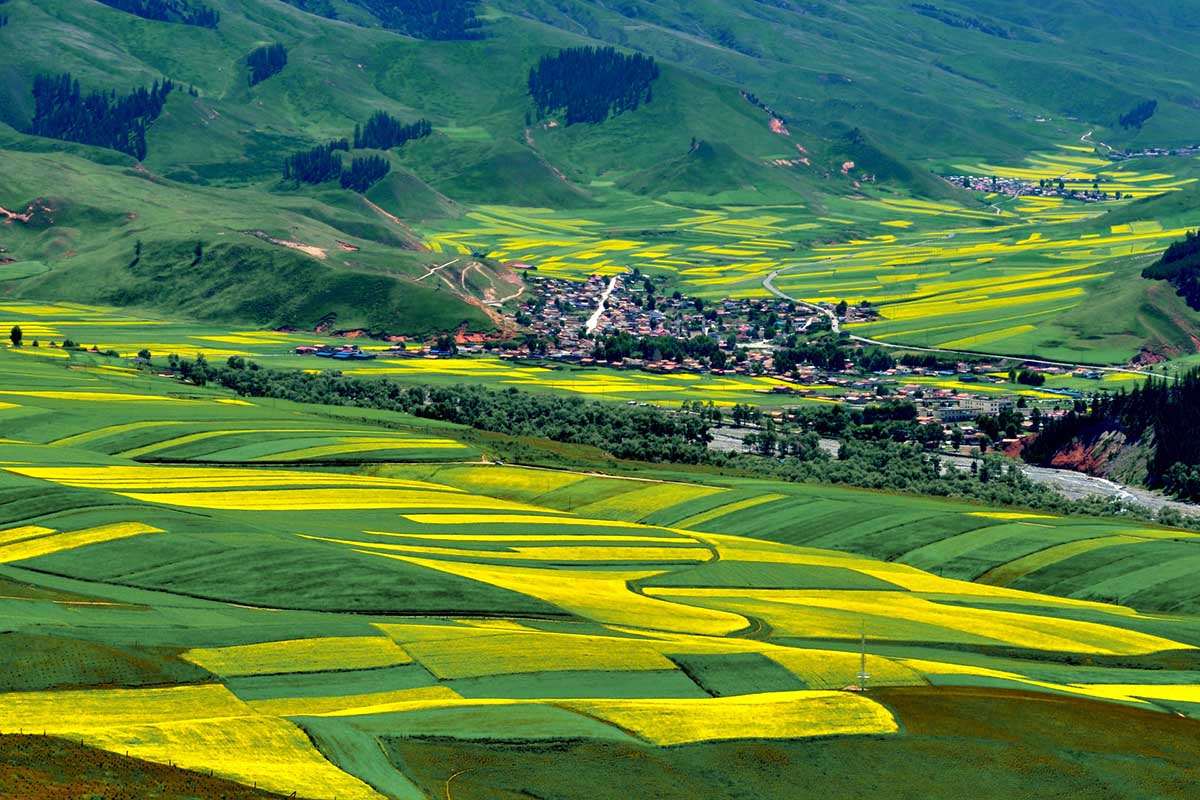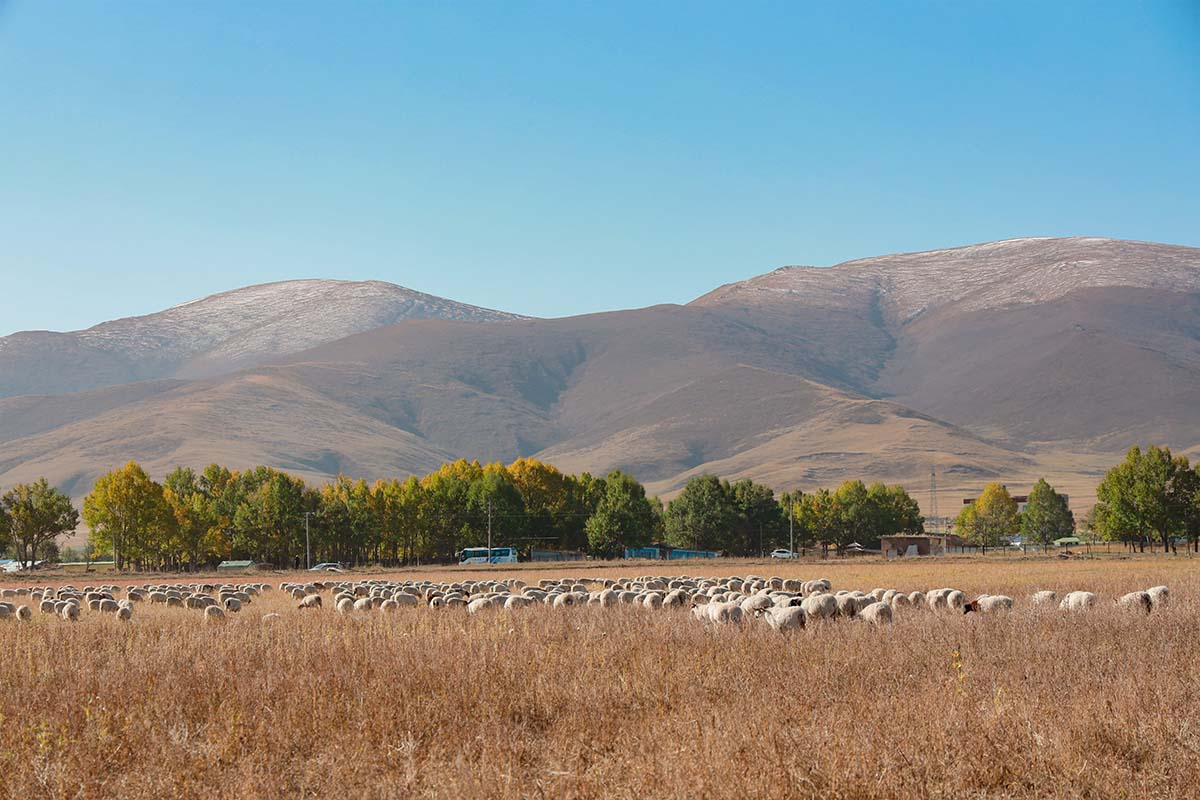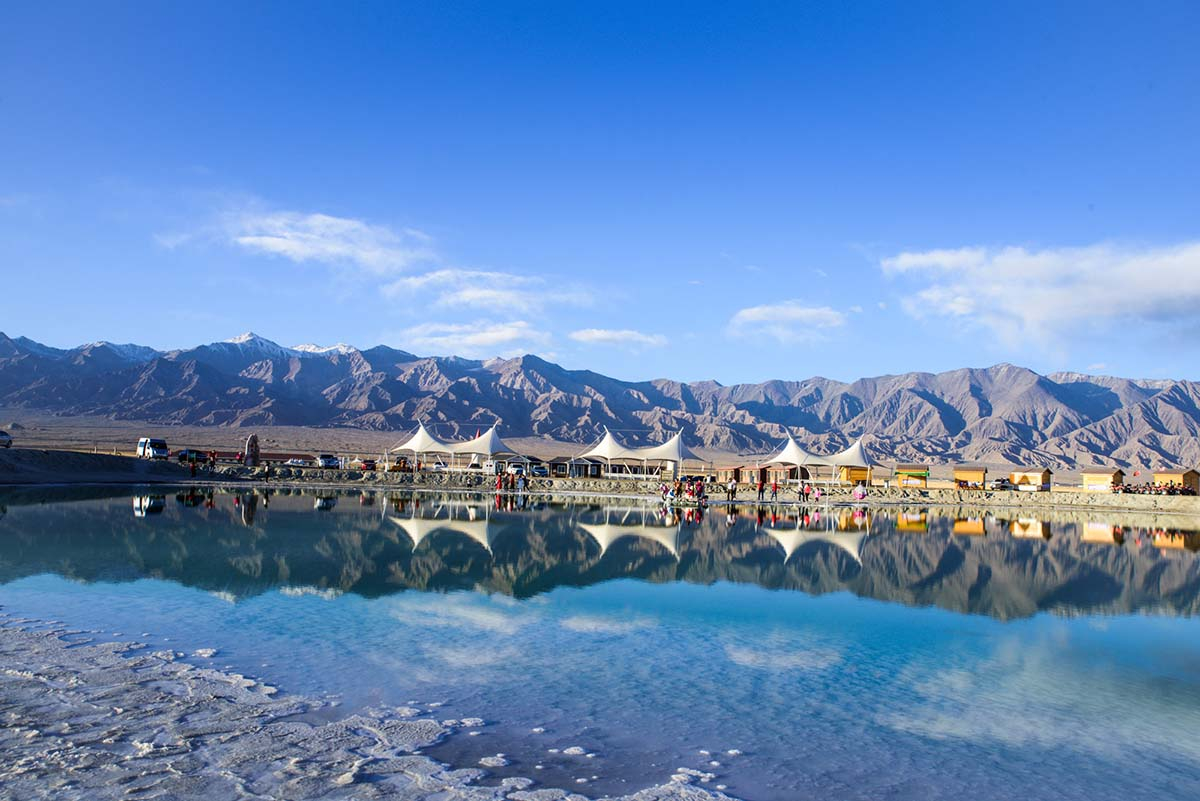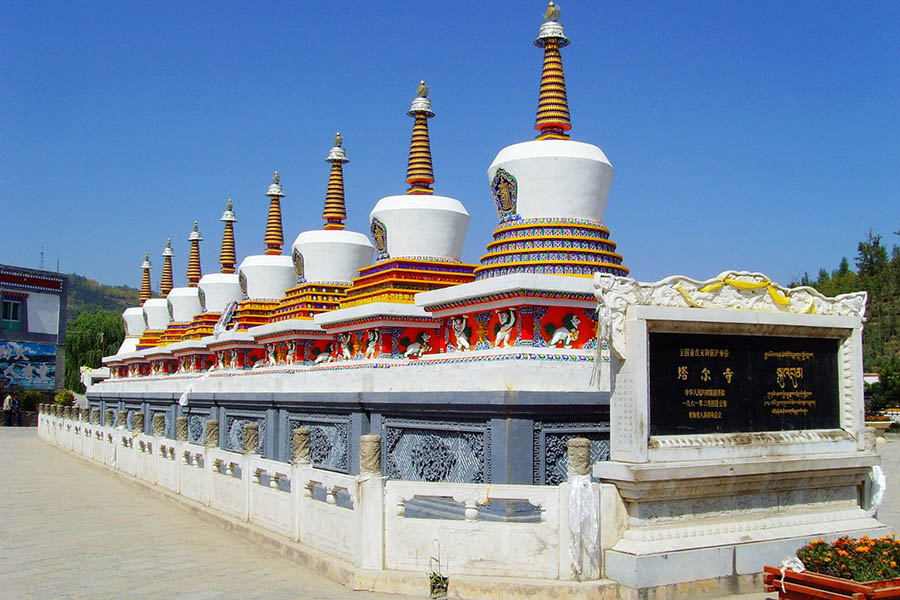A brief introduction of Guoluo Tibetan Autonomous Prefecture

Guoluo Prefecture is located in the southeastern part of Qinghai, in the upper basin of the Yellow River, it borders Gansu, sichuan Province and Yushu, Hainan, Haixi and Huangnan Tibetan Autonomous Prefecture in Qinghai Province.
Guoluo was inhabited by Dangxiang, a branch of the Qiang minority, one of the oldest tribes in China. Until 1946 Guoluo was led by the heads of more than two hundred tribes. Guoluo District was established directly under Qinghai Province in 1950. In 1954 the Guoluo Tibetan Autonomous Prefecture was established.
This is the hinterlands of the Qinghai-Tibetan Plateau. The prefecture has a vast expanse of territory, occupying more than one tenth of Qinghai's total land area. There are rivers and mountain ranges crisscrossing the region and alpine lakes inlaid among them. The Bayan Har (Bayankala) Mountains, Kekexili Mountains, Anyemaqen Mountains and Tangula Mountains zigzag through southern Qinghai, giving birth to three of the world's great rivers: the Yangtze, Yellow and Lancang Rivers.
The terrain basically declines from the northwest to the southeast. The terrain of the somewhat higher northwestern region slopes gently, while the slightly lower southeastern region boasts many high mountains and deep valleys.
Guoluo is of typical Continental Plateau Climate because of the high elevation. Temperature is very low all the year round with an average temperature of 4℃ and it varies a lot between a day. There are only two seasons in a year: the winter and the summer. The winter is long and cold with much windy and snow hail weather. The summer is short and cool with much rainy days. The natural condition is rough here, but natural scenery is very amazing.
The magical, rich and beautiful Guoluo is abundant in its tourism resources. There are high snow mountains inserting into the whiter cloud, virgin forests covering up the sky, numerous lakes embellishing on the vast golden grassland and millions of flocks and herds, which all together leaves a gorgeous sight for Guoluo. Nowadays it has become a wonderland for hiking and adventure.
The main peak of the Anyemaqen Mountains is Mt. Anyemaqen, being one of China's ten peaks open to foreign climbers. Gyaring (Zhaling) Lake and Ngoring (Eling) Lake are sister lakes, comprising the largest bodies of fresh water in the Yellow River basin. Around these two pools of liquid sapphire, are the hunting areas of the Huangheyuan International Hunting Ground. Moreover, Guoluo is also its unique ethnic custom and cultural heritage.
● Main Cities of Guoluo
Banma County
Banma County is a county of Qinghai Province, China. It is under the administration of Golog Tibetan Autonomous Prefecture. The Red Army of the Chinese Communist Party passed through Banma in 1936 during the Long March.The seat of Baima county is in Sailaitang Town.
Banma is a green town with moderate climate and elegant natural scenery. Canyons, virgin forests and blockhouse style houses and Buddhist temple buildings make this beautiful county a hot tourist destination.
It is home to Bennak, a Nyingma monastery of the Pelyul tradition, founded in 1824, which was visited by noted female teacher Sera Khandro. A 1992 work indicates that the 22 monasteries in the county are predominantly Nyingma.
Jiuzhi County
Jiuzhi County is a county under the jurisdiction of the Guoluo Tibetan Autonomous Prefecture in Qinghai Province. It is located in the southeast of the state, borders Sichuan Province on the southeast, and borders Gansu Province on the northeast.
Jiuzhi County has a long history of Tibetan Buddhism culture. There are 11 Tibetan Buddhist Monasteries in the county, including Ningma and Gelug.
Baiyu Monastery is a Ningma sect monastery with a high reputation in Tibetan area in China. It has a long history and has made considerable achievements in the history of Buddhist development. It has an influence in the Tibetan area and provides an important place for religious pilgrimage and religious cultural tourism, which is extremely suitable for tourism and religious studies.
Nian Bao Yu Ze is the birthplace of the legend of Golog Tibetans and the mountain is holy in the hearts of the local people. There are many lakes at the foot of the mountain and during summer five different colored grasses can be seen. The scenery of snow mountains, lakes and flowers is alluring. It is a paradise for many photographers.
- HOTEST
- RECOMMEND
